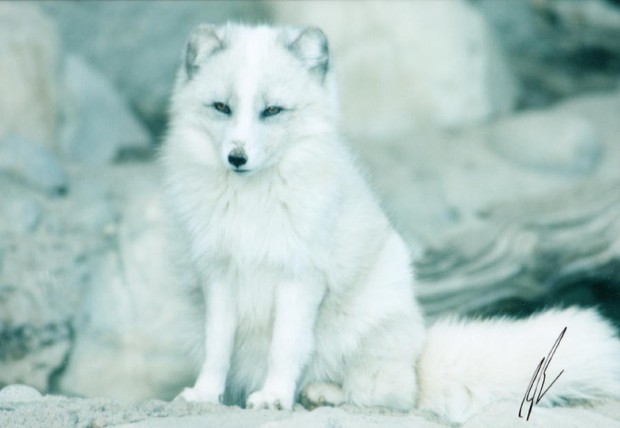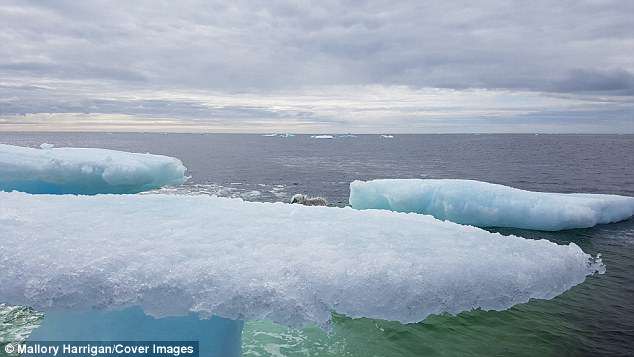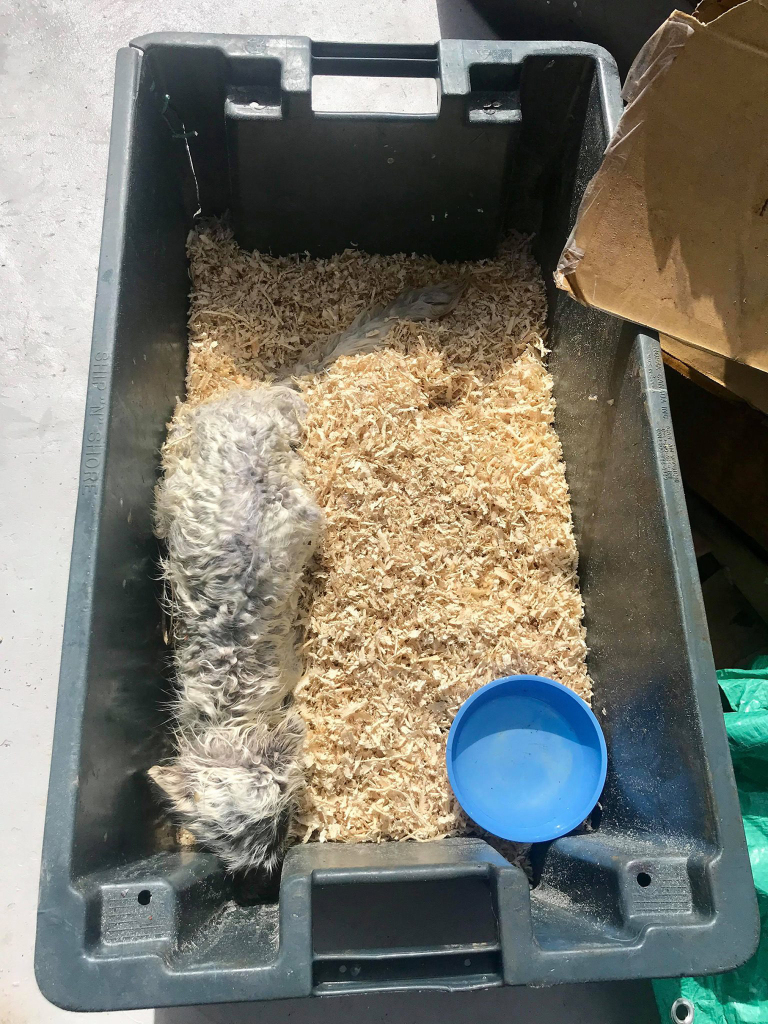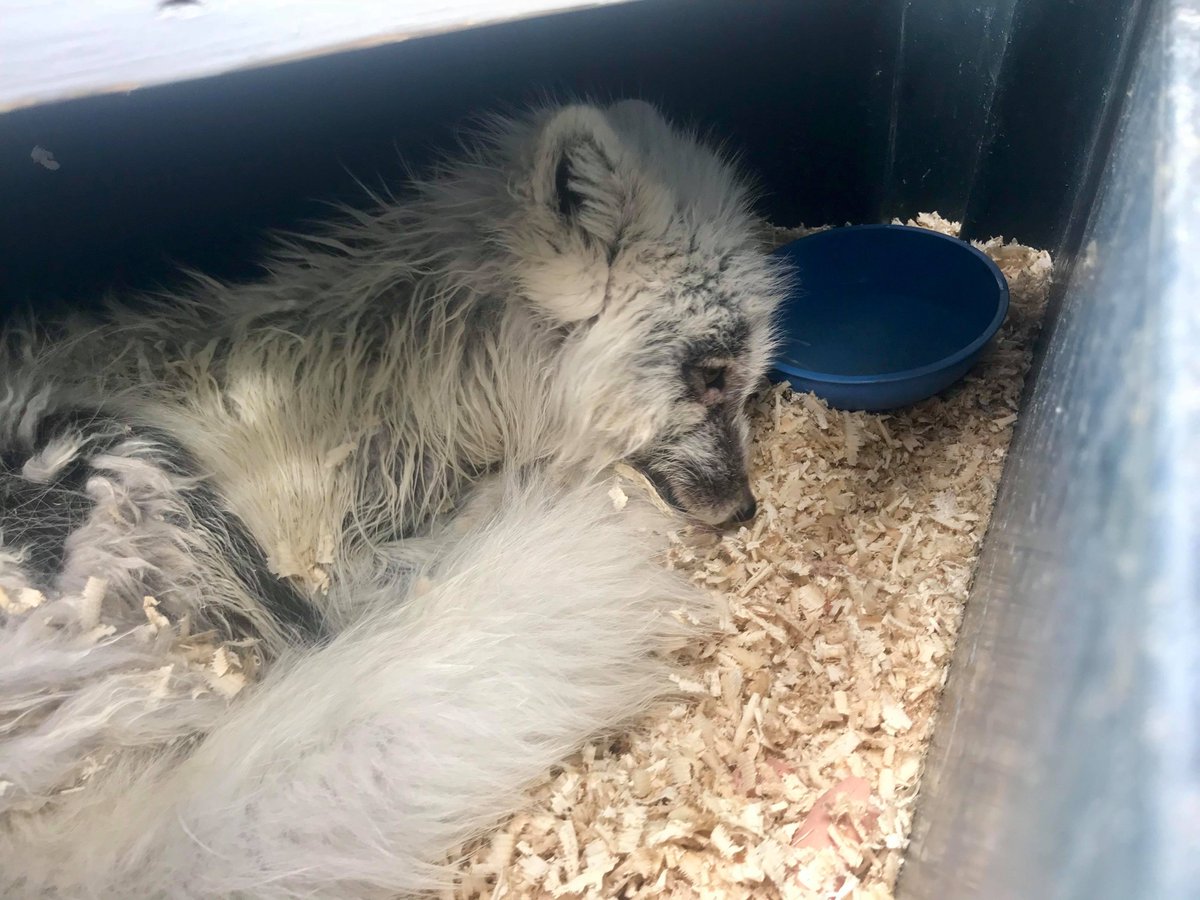There is an incredible variety of animal and marine life near the coast of Labrador, Canada, despite the harsh winter conditions. Visitors to the area are accustomed to seeing animals, but they were in for quite a shock when they spotted a rare arctic fox hanging out on an ice floe.
13. Harsh Winters

Image: Labrador and Newfoundland
Fishing boats that plumb the icy depths of the Ocean near Labrador, Canada are a hardy bunch. The island of Newfoundland has an average summer temperature of 62 degrees, while the winter hovers around 32. In nearby Labrador, the winter climate is even harsher.There are few places in the world better for anglers, who can hook wild Atlantic salmon, record-breaking landlocked salmon, trophy brook trout, northern pike, whitefish or large Arctic char.
12. An Unexpected Find

Image: Smore.com
In Labrador and Newfoundland, icebergs are just part of the territory. It is the largest and northernmost geographical region in Atlantic Canada. Many animals enjoy spending time on the icebergs, especially birds and seals laying in the sun. One day a group of anglers spotted something hanging out on the iceberg that wasn’t supposed to be there.
11. Far From Shore

Image: Mallory Harrigan
Mallory Harrigan was used to seeing seals around and at first the thing on the iceberg didn’t catch her eye at all. She simply saw something moving on an iceberg that was shaped like a mushroom. Harrigan was on a crab fishing boat about four miles from shore.
10. A Baby Seal?

Image: Mallory Harrigan
When Harrigan and her companions finally got a little closer, they just assumed the visitor was a familiar sight: “We thought it was a baby seal,” Harrigan said. It only took a few seconds to realize they were wrong
9. An Arctic Fox

Image: Mallory Harrigan
Upon closer inspection, Harrigan and her friends realized it wasn’t a seal at all, it was an Arctic Fox! The Arctic Fox is not one of the animals who customarily hangs out on the icebergs, let alone so far into the water. They knew they needed to reach the animal.
8. The Polar Fox

Image: Trip Advisor
The Arctic fox is known by many names in the Great White North, including the white fox, polar fox, or snow fox. This small fox lives in the Arctic regions of the Northern Hemisphere and common throughout the Arctic tundra biome. The fox can live in very cold environments, and is best known for its thick, warm fur that is also used as camouflage.
7. Bone-Chilling Temperatures

Image: Pinterest
The hardy Arctic fox has adapted to severe cold. It can live in temperatures as low as –58°degrees fahrenheit. Because the Arctic is usually treeless, the Arctic Fox makes its home in burrows, often creating tunnels during blizzards that provide shelter and keep the fox warm.
6. Adapting to Harsh Conditions

Image: Deadly Adorable Predators
The Arctic Fox is usually white, but their coats turn a grey or even brown when summer arrives. This allows the fox to remain camouflaged and hidden in the difficult terrain. They have thick, cat-like tails for balance. Able hunters, Arctic Foxes will often follow polar bears and pick off the leftover scraps from their kills.
5. A Rescue Plan

Image: Mallory Harrigan
Harrigan was well aware that the fox was way too far out to sea. He couldn’t survive on the iceberg or make it back to the shore. So Harrigan and her friends decided they needed to rescue him.
4. Capturing a Fox

Artic Fox Rescued from Newfoundland iceberg
Credit: Mallory Harrigan & Alan Russell/Crew of the Northern Swan
First, the group steered the fishing boat so that it was parallel to the iceberg. Then, they picked up the fox and brought him onto their boat. This was not as easy as it sounds, since the fox was not amenable to being rescued by humans, let alone travelling on a boat!
3. He’s On a Boat

Image: Mallory Harrigan and lan Russell/Crew of the Northern Swan
“We were able to get him aboard even though he fought it,” Harrigan said. “We knew we were his only chance for survival, as the winds had changed and were driving all the ice farther out to sea.”
2. Settling In

Image: Mallory Harrigan and Alan Russell/Crew of the Northern Swan
Once aboard, the Arctic Fox settled down, probably because the anglers made him right at home. They created a bed for him and fed him plenty of food. They wanted him to regain his strength as they returned to land.
1. Hitching a Ride

Image: CBC
The rest of the trip was uneventful. The fox had a little more to eat after they arrived on dry land. Then the anglers set him free.“We dropped him off in an old dog house,” she said. “He shook himself off and that was it!”

